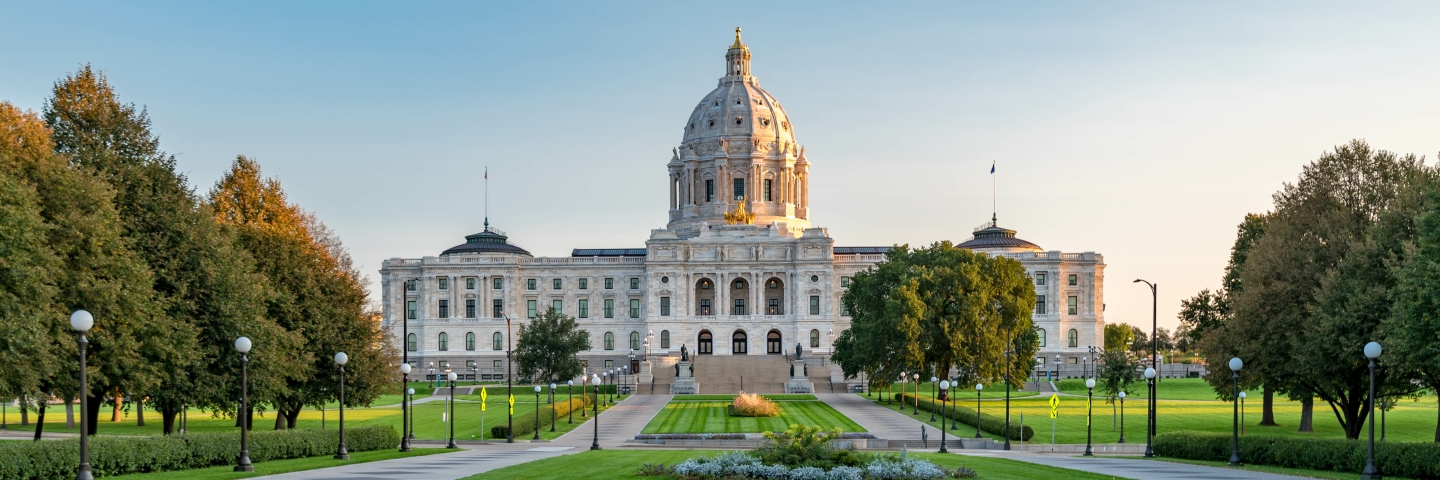Governor Walz and Lt. Governor Flanagan’s One Minnesota Budget and policy recommendations for the 2025 legislative session build on the success of recent legislation and advance the MPCA’s work to protect the environment and human health.
The MPCA’s budget recommendations make focused investments in permitting reform and other priorities while maintaining the service levels that Minnesotans expect and deserve. Policy recommendations include making electronics recycling more convenient at no cost to taxpayers, closing loopholes to hold polluters responsible for the cost of cleaning up spills, providing for long-term maintenance of closed landfills, and ensuring revolving loan funds remain available for environmental improvements.
These recommendations to the Legislature will help Minnesota respond to new opportunities and challenges, keeping our state a vibrant, prosperous, and healthy place to raise a family.
